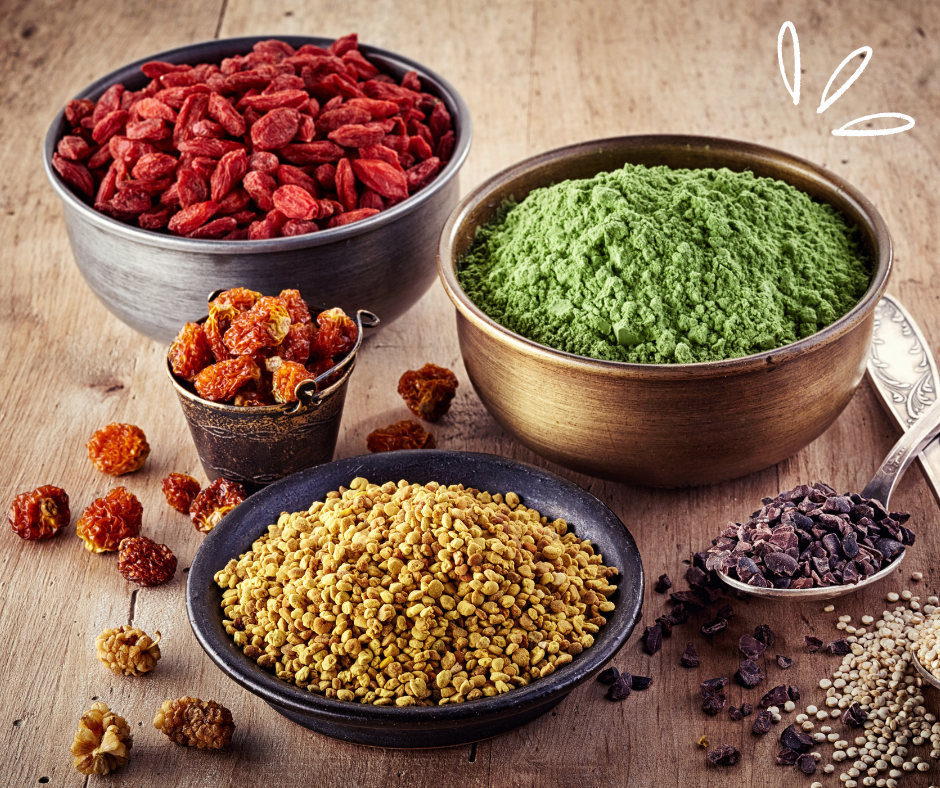
What are Exotic Super Foods?
Exotic superfoods are nutrient-dense foods that originate from various parts of the world, often from regions with rich cultural histories of traditional medicine. These foods are revered for their high concentrations of vitamins, minerals, antioxidants, and other bioactive compounds, which contribute to their potential health benefits. Examples include açai berries from the Amazon rainforest, goji berries from Asia, and camu camu from the Amazon rain forrest in Peru, Brazil Columbia, and Ecuador. These foods are often incorporated into modern diets through smoothies, powders, and supplements, appealing to health-conscious consumers looking for natural ways to boost their nutrient intake.
What sets exotic superfoods apart is not just their nutritional profile but also the stories and traditional practices associated with them. Many of these foods have been used for centuries in indigenous and local healing practices. For instance, turmeric, which is a spice and herbal medicine famous for many health benefits like anti-inflammatory properties, while moringa, known as the “miracle tree,” is praised for its wide range of nutrients and medicinal uses in Africa and Asia. As these superfoods gain popularity globally, they are also a part of a broader trend toward holistic health and wellness, emphasizing natural, plant-based sources of nutrition.
I happen to use many of these super foods in my smoothies as an additive. Let me name few of these exotic foods you may want to try!
Açaí Berries
Açaí berries are small, dark purple fruits that come from the açaí palm tree (Euterpe oleracea), which is native to the Amazon rainforest in Brazil and other parts of South America. These berries have become popular worldwide, especially in health food communities, due to their rich nutritional profile and potential health benefits like antioxidants, healthy fats, fiber, and vitamins and minerals.Moringa
Often referred to as the “miracle tree” or “drumstick tree,” is a plant native to parts of Africa and Asia, particularly India. The scientific name of the most commonly used species is Moringa oleifera. This plant is highly valued it’s essential nutrients, including vitamins A, C, and E, calcium, potassium, protein, and amino acids. The entire moringa plant plant can be used like the leaves, pods, seeds, roots, and the bark.- Turmeric
Turmeric is a bright yellow spice made from the root of the Curcuma longa plant, which is native to Southeast Asia, particularly India. It has been used for thousands of years in cooking, particularly in Indian and Southeast Asian cuisine, as well as in traditional medicine.The active ingredient in turmeric is a natural compound (polyphenol) called curcumin, which has both antioxidant and anti-inflammatory properties.
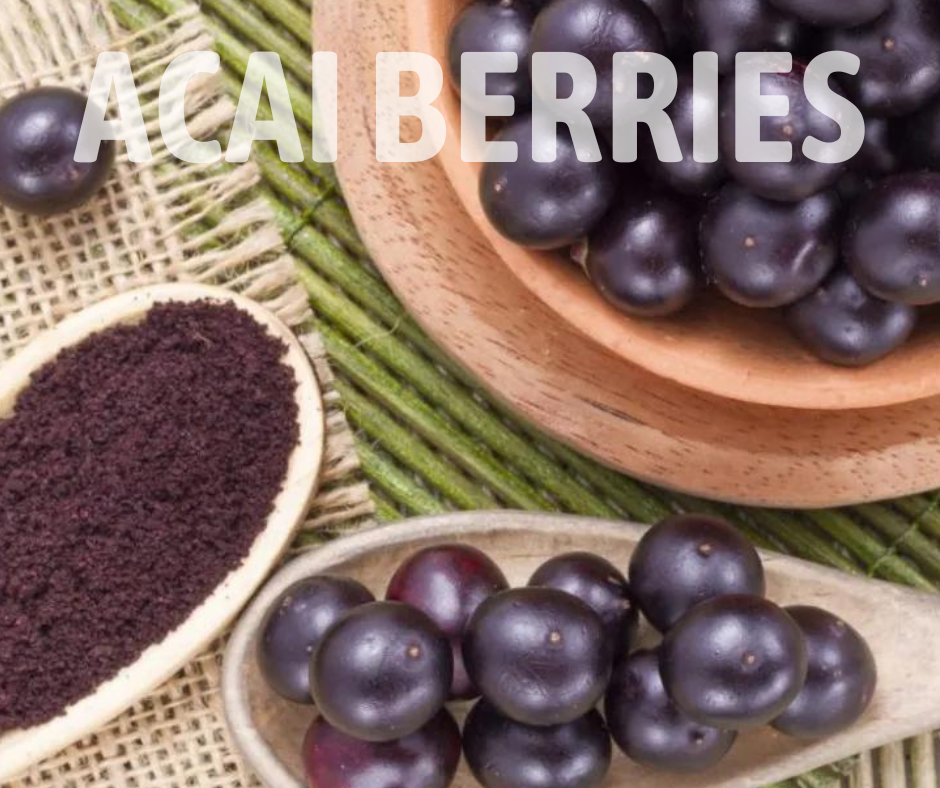
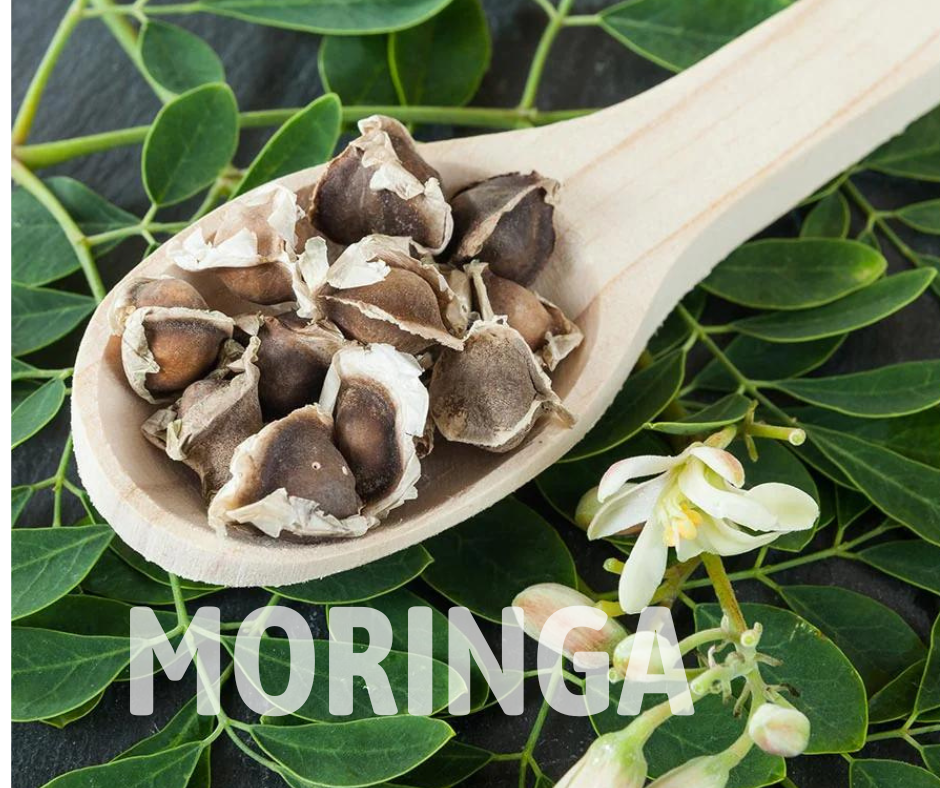
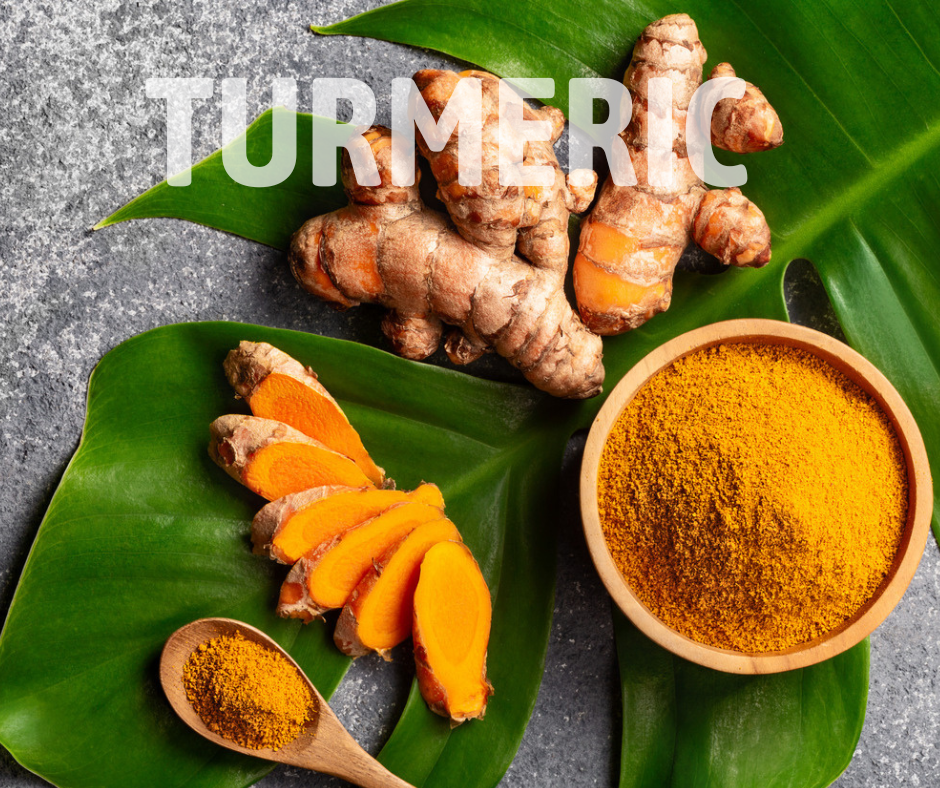
- Lion’s Main mushroom (Hericium erinaceus)
It is a unique and fascinating fungus known for its distinctive appearance and potential health benefits. Here’s an overview of what it is and why it’s valued: cognitive function (improves memory, focus, and helps grow nerve cells , stabilizer in mood and anxiety, and anti-inflammatory and antioxidant properties. - Pitaya (Dragon Fruit)
It is a tropical fruit that has gained popularity for its vibrant appearance and numerous health benefits. It comes from a species of cactus, primarily the Hylocereus species, and is native to Central and South America, though it is now widely grown in various tropical and subtropical regions around the world.Known for its vibrant pink skin, pitaya is rich in fiber, vitamin C, and antioxidants, aiding digestion and boosting the immune system. - Goji Berries
Originating from Asia, goji berries are nutrient-dense, providing vitamin C, fiber, iron, and antioxidants, and are believed to enhance immunity and improve eye health. These red berries also promote skin health and stabilize blood sugar.

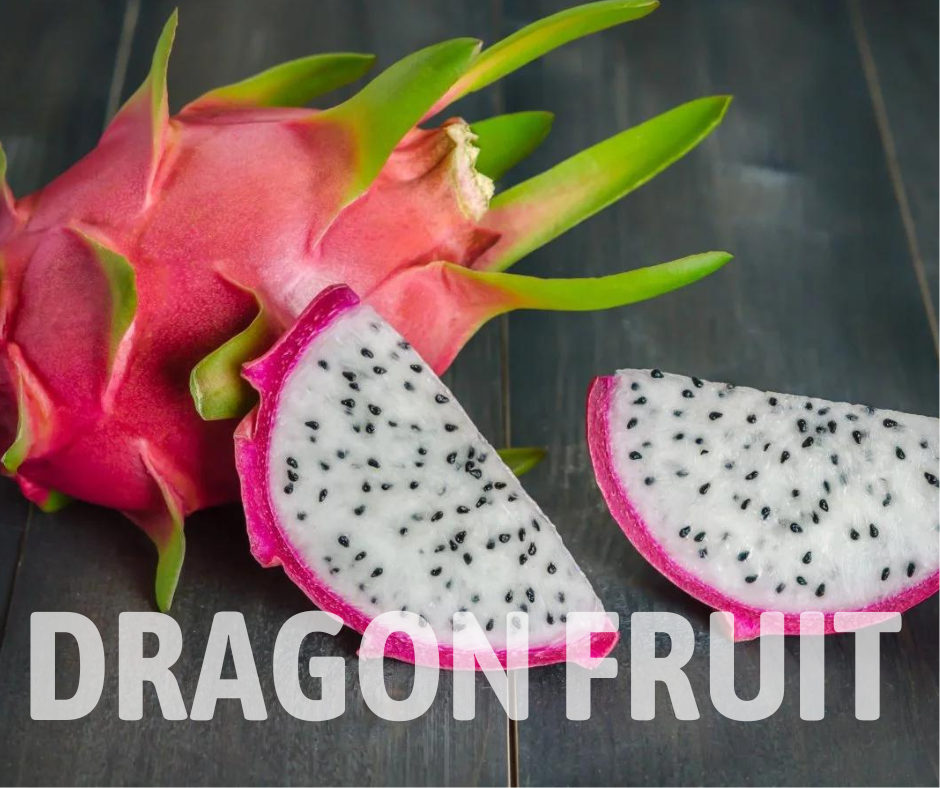

- Matcha Tea
A finely ground powder of specially grown and processed green tea leaves, is known for its numerous health benefits like boosting the brain power, promoting heart health, aiding in weight loss, improving skin, and rich in antioxidants. - Camu Camu
This Amazonian fruit is one of the richest sources of vitamin C and is known for boosting immunity and reducing inflammation. It is a sour and tart berry that is used for its rich antioxidant and anti-inflammatory benefits. Camu camu is found in powder, puree, pulp, and juice forms. It may help in reducing inflammation, contributing to heart health, and in fighting post-viral fatigue. - Sacha Inchi
A plant native to the Amazon rainforest, particularly in Peru. It has been cultivated for centuries by indigenous people for its seeds, which are highly nutritious and are often referred to as “Inca peanuts” or “mountain peanuts.” It’s benefits are high in omega-3 fatty acids, supports brain health, aids in anti-inflammatory properties, and rich in vitamin E which promotes skin health.
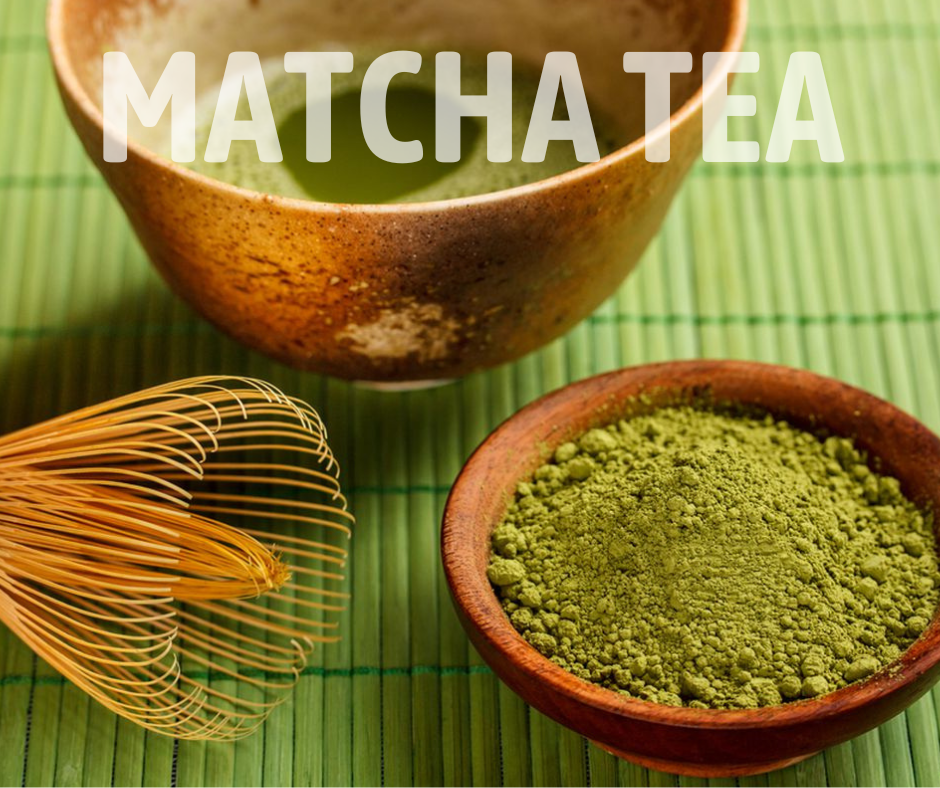
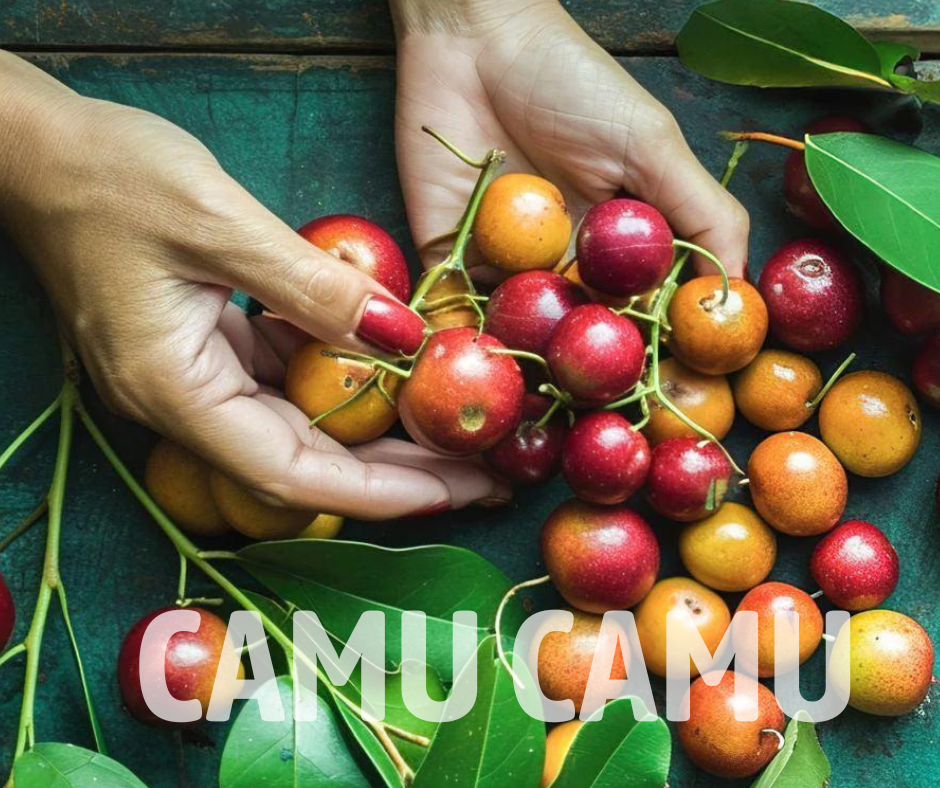
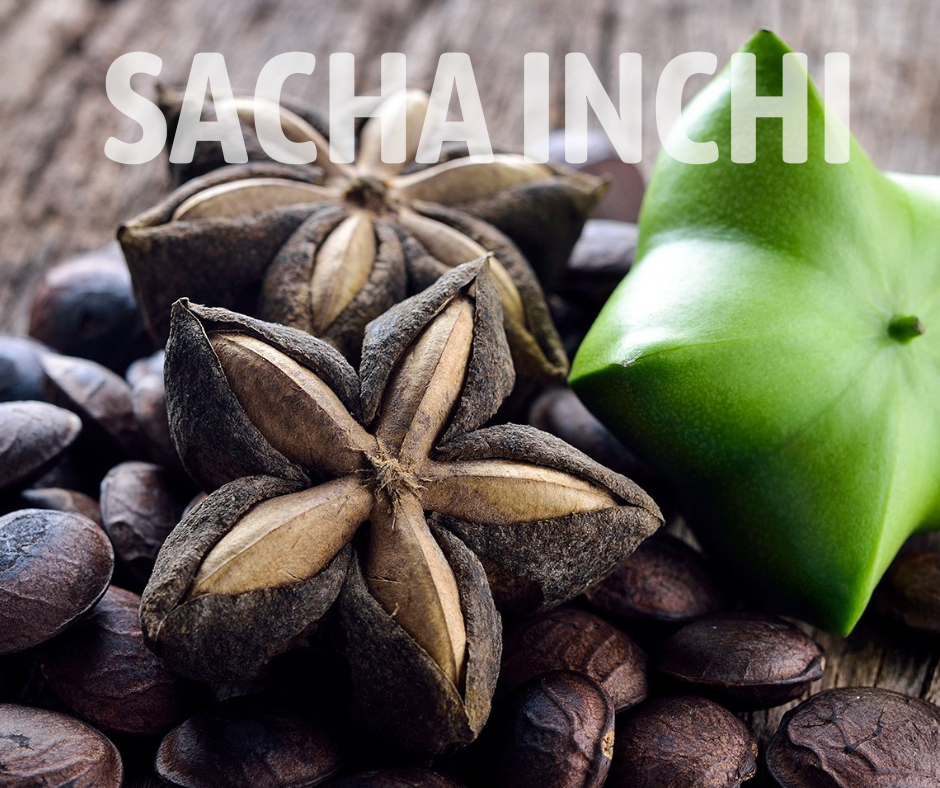
As aways, providing “unique” healthy facts to keep you on your toes!
Adrienne
x o
Cookbook – Nourish Your Way to Health
Paperback book – The Path to Reverse Multiple Sclerosis Naturally
MS Warrior
Autoimmune diseases can be reversed
